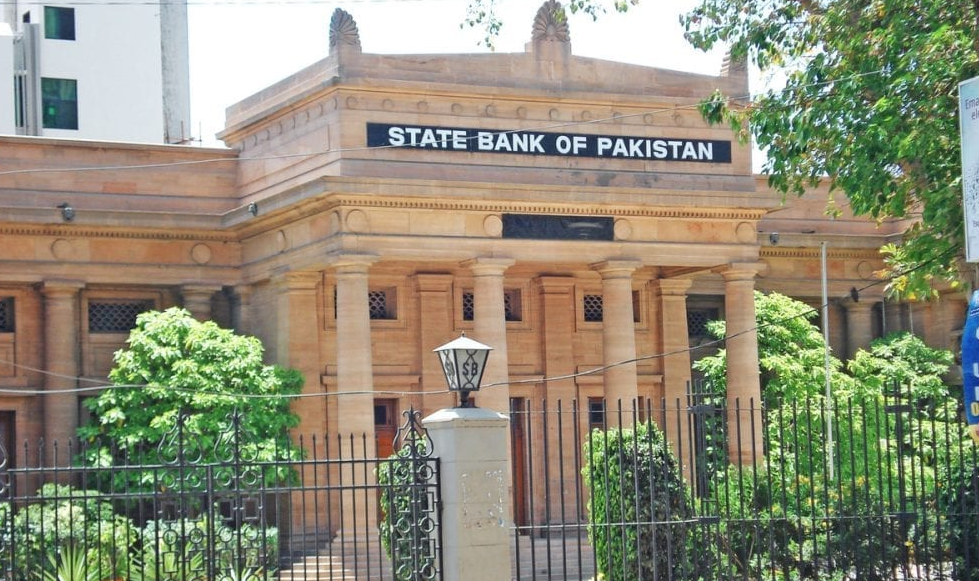Reserve Bank of Australia (RBA) is the central bank of Australia and is also known as the Australia National Bank. It is responsible for maintaining the stability of Australia’s financial system, controlling the monetary policy of the country, and managing the country’s currency.
History and Establishment of Australia National Bank
The Reserve Bank of Australia was established in 1960 under the Reserve Bank Act of 1959. Before the establishment of RBA, the Commonwealth Bank of Australia was responsible for the monetary policy of the country. However, the establishment of RBA as a separate entity from the Commonwealth Bank marked a significant change in Australia’s financial system.
Functions of Reserve Bank of Australia
The Reserve Bank of Australia has several functions, which are critical to the country’s economic stability. Some of the functions of RBA include:
Controlling the Monetary Policy
The primary function of RBA is to control the country’s monetary policy. It aims to maintain the stability of Australia’s financial system by controlling the supply of money and credit in the economy. RBA uses various tools such as setting interest rates, adjusting the cash rate, and regulating the banking sector to achieve its monetary policy goals.
Issuing Currency
RBA is responsible for issuing and managing the country’s currency. It works with the Australian Mint to ensure that there is an adequate supply of coins and banknotes in circulation.
Maintaining Financial Stability
RBA is also responsible for maintaining the financial stability of the country. It monitors the country’s financial system and takes actions to prevent financial crises. It also regulates the banking sector and ensures that the banks comply with the regulations.
Managing Foreign Reserves
RBA manages Australia’s foreign reserves, which are used to support the country’s international financial obligations.
Providing Banking Services to the Government
RBA provides banking services to the Australian government, such as managing the government’s bank accounts and issuing government bonds.
Role of Australia National Bank in the Australian Economy
The Reserve Bank of Australia plays a vital role in the Australian economy. Its monetary policy decisions impact the country’s inflation rate, employment rate, and economic growth. RBA also plays a critical role in maintaining the stability of the financial system, which is essential for the growth of the economy.
FAQs
- What is the role of RBA in setting interest rates?
RBA sets the interest rates in Australia by adjusting the cash rate. The cash rate is the rate at which banks borrow and lend money in the overnight money market. RBA adjusts the cash rate to control the supply of money and credit in the economy.
- How does RBA maintain financial stability?
RBA maintains financial stability by monitoring the country’s financial system, regulating the banking sector, and taking actions to prevent financial crises. It also provides liquidity support to the banks when needed.
- What is the function of RBA in managing foreign reserves?
RBA manages Australia’s foreign reserves, which are used to support the country’s international financial obligations. RBA invests the foreign reserves in various financial instruments to earn a return.
- How does RBA control inflation?
RBA controls inflation by setting the interest rates. When the economy is growing too fast, RBA increases the interest rates, which reduces the demand for credit and slows down the economy. When the economy is slowing down, RBA lowers the interest rates to stimulate economic growth.
- What is the impact of RBA’s monetary policy on the Australian economy?
RBA’s monetary policy decisions impact the country’s inflation rate, employment rate, and economic growth. When RBA increases the interest rates, it reduces the demand for credit, which slows down the economy but also reduces inflation. When RBA lowers the interest rates,
References
- Reserve Bank of Australia. (n.d.). About the RBA. https://www.rba.gov.au/about-rba/
- Reserve Bank of Australia. (n.d.). Functions and Objectives. https://www.rba.gov.au/about-rba/functions-objectives/
- Reserve Bank of Australia. (n.d.). Monetary Policy. https://www.rba.gov.au/monetary-policy/

